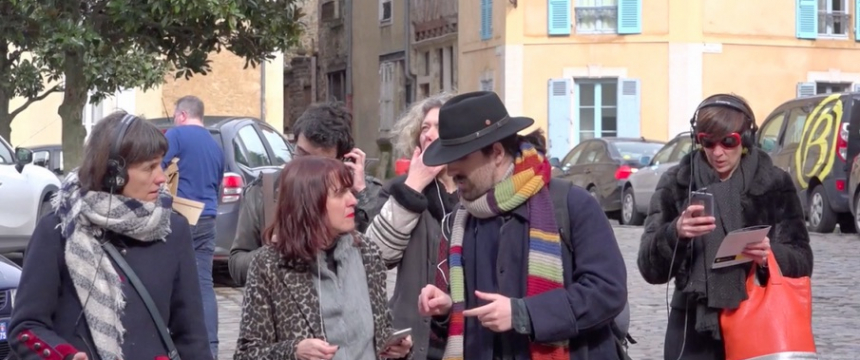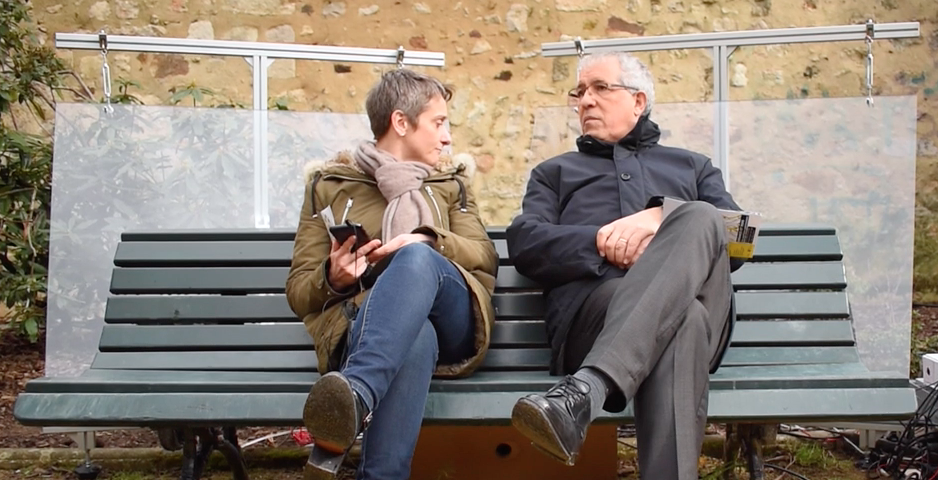On 18 March 2019, in the presence of Stéphane Le Foll, Mayor of Le Mans, faculty members from the University of Le Mans, the ESAD TALM school of design and the ENSIM engineering school, along with other partners, the students who took part in the first edition of the Expé[Le Mans] Challenge unveiled their sound plan for the Cité Plantagenêt, the historic medieval centre of the city of Le Mans.
The experimental systems developed within the framework of the Expé[Le Mans] 2018-19 student challenge met with great enthusiasm on the part of the elected officials and partners. Indeed, as pointed out by Lucile Colombain, Operational Director of the West Creative Industries Research, Higher Education and Innovation programme that initiated the Challenge : “Expé[Le Mans] is a great success because the students demonstrated the feasibility of the project and succeeded in infusing the spectators with their enthusiasm by highlighting the added value it represents for the region and its attractiveness.”
Deployment
The day before the presentation of the project, the students were at work in the streets to set up the mobile application and the geolocation parameters, as well as to install the different acoustic devices around the emblematic buildings of the historic city centre. The sound itinerary followed the predetermined route of nine geolocalized stations in the old town of Le Mans, and mostly required the use of headphones. Each of the stations told the historical fiction imagined by the history students, “Errance des rois” (Wandering of Kings). All along the itinerary, acoustic installations in the open air brought to life the atmosphere of the city in the Middle Ages.
Presentation
On 18 March, visitors followed this sound itinerary with headphones on. The acoustic shower (directional loudspeaker) and the vibrating panels (plexiglass speakers) placed along the itinerary offered them the opportunity to stop and immerse themselves in the medieval sound atmospheres of the old town. Beyond developing a professional project within a university framework, the students perfectly understood the main theme behind the Challenge: interdisciplinarity. Combining their specific specialities, they were able to move forward by putting together a project that was feasible and of which everyone, whether historian, engineer or designer, could feel proud.
Improvement
Thanks to feedback and comments from visitors, the students will be able to improve the system, in particular through several internships. The question of the short-term future and the sustainability of the various devices designed and prototyped by the students is now the subject of collective reflection.






